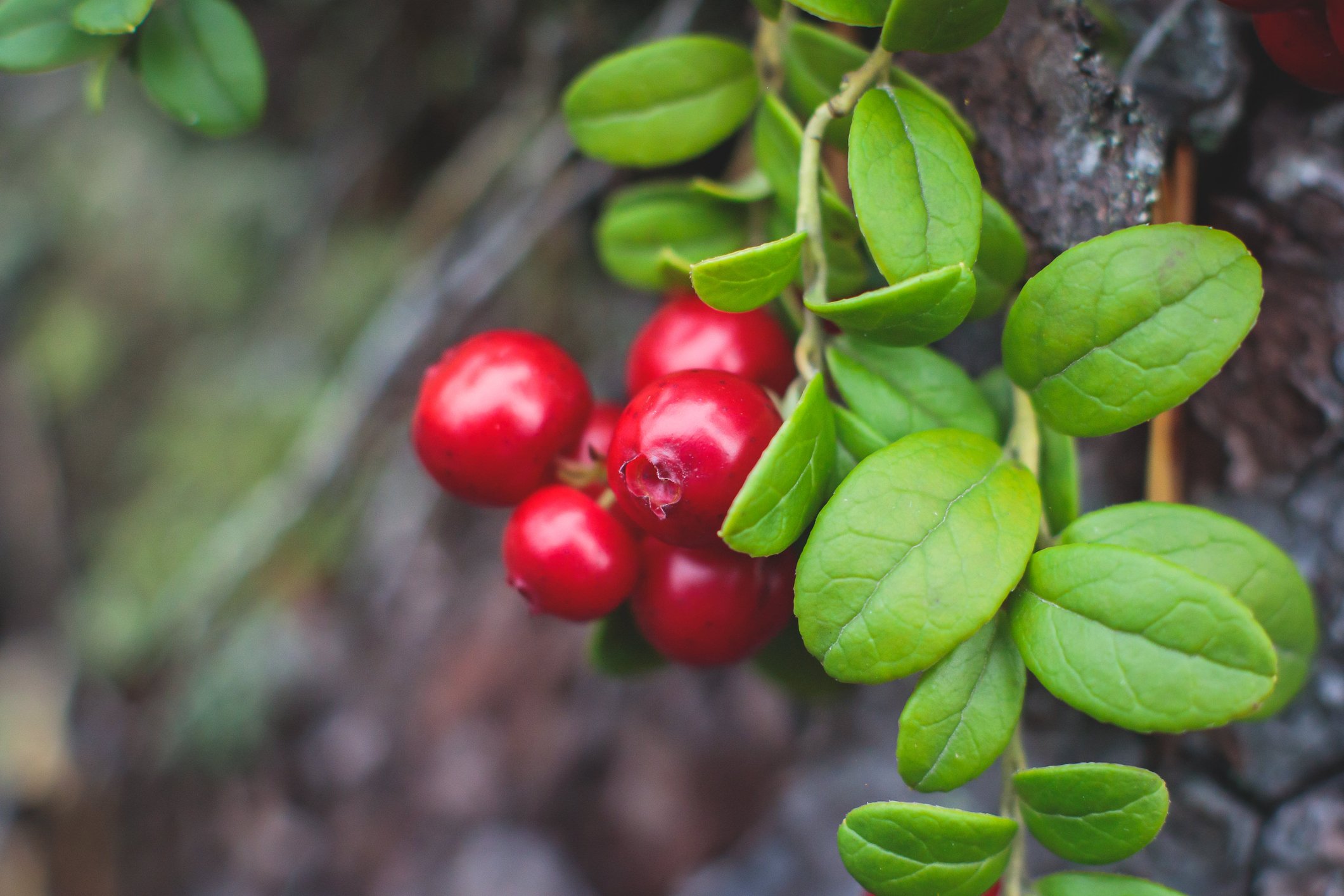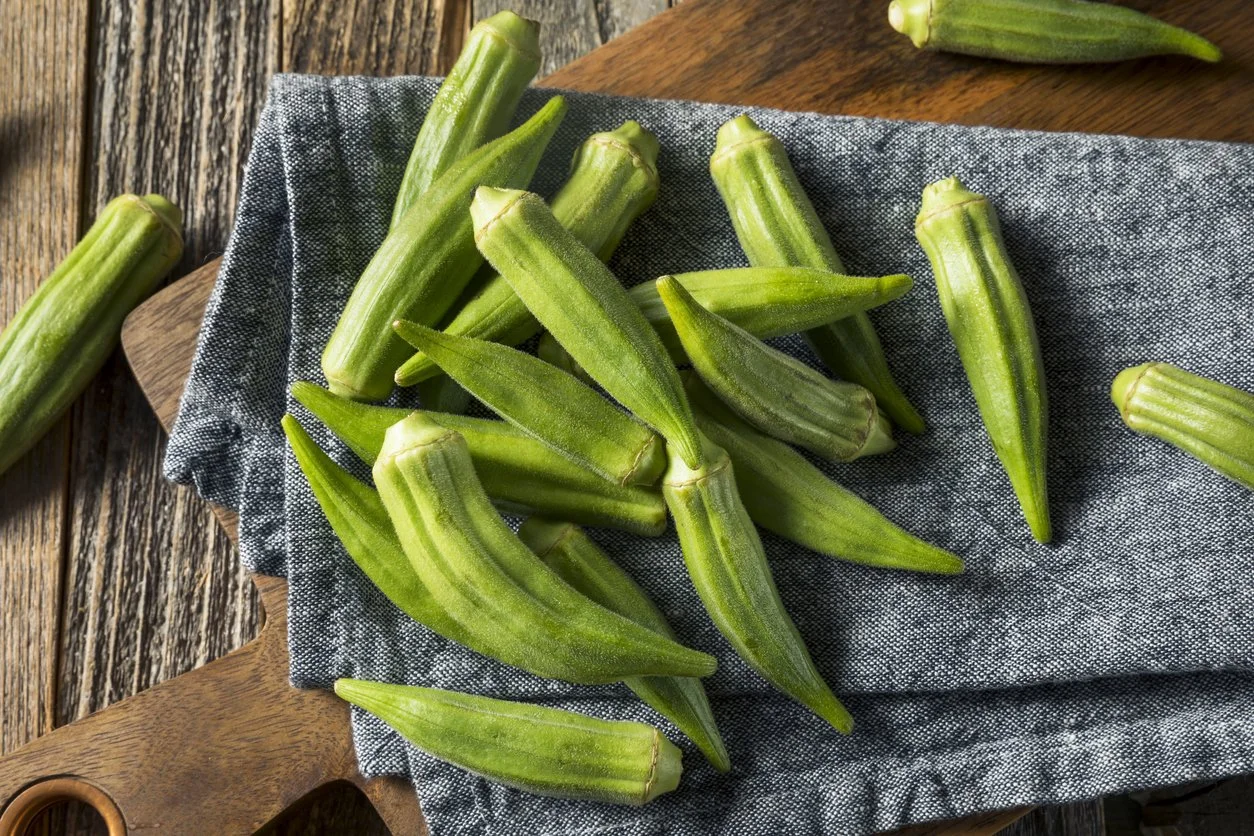Fall Fruits and Veggies- The Road to A Healthy Winter
Discover > Texas Home Cooking > Fall Fruits and Veggies- The Road to A Healthy Winter
As days get shorter and summer gives way to fall, new beginnings beckon. This time of year is beautified by fall fruits (What wine goes well with fruits?) and veggies, changing shades of nature, the crisp air while the sun is still bright, layers of clothing, back-to-school excitement, and of course, the build-up to Christmas!
In the kitchen, fall calls for a round of decluttering, reorganizing, bringing the spice pantry out in front, and buying in-season fruits and vegetables in bulk. Cooking in this season is the highlight for me. When the weather turns cool, your body’s instinct is to store fat. And with delicious stuff, like apple cider, pumpkin spice lattes, pies, and cinnamon doughnuts abundant, fighting this feeling can be challenging.
But before we jump to the hearty, meaty stews, stick-to-your-ribs bone broths, and wholesome pies, think of the new season as a fresh start to your healthy habits by eating fresh fruits and vegetables in fall.
Enjoying seasonal fall fruits or fall vegetables in season should be an essential part of your fall routine. This way, you can celebrate the holidays without overindulging, as seasonal produce fits the rhythms of this time of year.
To start saving money by buying fruits and vegetables in bulk, head to your local market and fill your basket with autumnal produce. The fall harvest includes a variety of root vegetables and crisp fruits — perfect for whipping up satisfying meals as the weather begins to cool. Fall vegetables and fruits come packed with nutrition, all the more reason to have them!
Eating seasonal food also benefits the environment, too. Seasonal produce is often at its nutritive peak as it hasn’t been “forced” to grow in an unnatural time period. And if it’s from a local farm, it even reduces your carbon footprint by eliminating long travel from farm to table.
Farmers markets are an excellent place to start when looking for fresh produce. You may also look into subscribing to a CSA (community supported agriculture) for a dependable supply.
Seasonal Fall Fruits
1.) Apples
One can rarely overindulge with apples (how long do apples last?). Luckily, we can enjoy this seasonal fall fruit favorite knowing they come with a list of health benefits.
One medium apple has almost 4.4 g of fiber. Falling under just 100 calories, apples are a versatile ingredient to incorporate into autumnal salads, breakfast oatmeal, crumbles, or even to have as is! Cook them down into delicious applesauce to pair with warming Classic Potato Latkes.
If you’re looking for a more ‘festive’ apple dessert, why not try these Fried Apple Rings with Soft Salted Caramel? They would be an absolute delight for grown-ups and kids alike, adorning your Halloween or Thanksgiving tables.
My family tradition has been to pick different apples, looking for a different variety to uncover new flavors and textures.
2.) Pears
Pears are similar to apples in nutrition and prove to be a fantastic seasonal fall fruit—versatile in how they can be enjoyed. When you’re out shopping for pears, look for firm ones which can ripe and soften over the next few days (as the saying goes, once ripe, pears are only good for a day!). When ripe, their juicy nature makes them perfectly suitable for cocktails and infused waters. You may even can and preserve seasonal pears using this simple method, which is a great trick to use unripe pears. They are best made some weeks ahead and fit in effortlessly with the Fall theme.
You can also bring a touch of fall to the breakfast table by adding pears to your muffin or scone recipes.
3.) Cranberries
While cranberries are a quintessential holiday fruit, these seasonal fall fruits can be used in various ways aside from the routine Thanksgiving cranberry sauce. These little crimson-hued berries pack a punch of flavor and nutritional benefits as well. They are heart-healthy and are known to improve blood pressure levels and reduce bad cholesterol levels. Like all other red fruits, the anthocyanins present in cranberries reduce oxidative stress in our bodies, which is linked to diseases like diabetes, Alzheimer’s, and even cancer.
Always look for fresh cranberries, if you can find them. We recommend buying fresh cranberries in bulk, and freezing them as are, or turning them into jams or preserves, which you can then store to use during the coming months.
Want to try something new? These tiny flavor bombs add a zing to this rich Utterly Buttery Bread Pudding!
Fall Vegetables in Season
4.) Squash
Get ready to cook with one of the most iconic fall produces (it’s not the pumpkin)! Squash, and the many forms it comes in, is in season during early fall and comes packed with nutritional goodness. Produce like squash and pumpkins are known for their high amounts of beta carotene, Vitamin A, potassium, magnesium and fiber they provide.
Great for boosting immunity and maintaining eye, lungs, kidney health, a bit of squash is all you need to keep you warm during a breezy winter night. Different varieties of winter squash have varying textures, flavors and culinary applications, so there are endless opportunities and varieties to enjoy!
Butternut or acorn squash are best grilled or roasted, while butternut squash (how long does butternut squash last?), with its creamy-nutty flavor is perfect for blending into that soothing, smooth soup.
You can also use spaghetti squash for a bowl of healthy holiday noodles teamed up with stir fry veggies and a protein of your choice.
Everything you ever wanted to know about butternut squash and more, click here!
5.) Pumpkin
The Halloween star is not just for carving and seasonal decor. Pumpkin sits right alongside squash in terms of the nutrition it packs. It is particularly rich in vitamin A, potassium and vitamin C. Including this seasonal treasure can boost your eye health, immunity and promote wound healing.
When shopping for pumpkins, choose smaller pumpkins, if you’re looking for deeper flavor and soft texture, as larger pumpkins can be stringy and take longer to cook.
Homemade pumpkin puree can be used to make pancakes, vegan burgers, pumpkin hummus, and muffins. Did you know that pumpkin seeds (how long do pumpkin seeds last?) fight against parasites like tapeworms in your intestines? So, go on, and add them to your toast, or to your smoothies.
This year, don’t opt for the countless packaged pumpkin treats and goodies that are the highlight during the holiday season, as many are merely filled with artificial pumpkin flavoring. Instead, make an Old-fashioned Authentic Pumpkin Pie this fall and collect bragging rights!
6.) Leeks
You will find many recipes featuring the comforting leek during fall. Leeks are the milder cousins of onions and can basically be used anywhere where you want a slight oniony flavor. While buying leeks, choose those with medium-sized, white, and fleshy stems. The tops should be green and crisp.
Like other alliums, leeks contain healing kaempferol, an antioxidant that is known to promote good heart health. Similar to garlic, leeks also have antimicrobial and anti-cancer properties. So, as a fall and winter food, leek ticks all the right boxes for us!
For this holiday season, you may want to dig into this warming bowl of Irish leek and potato soup. Leeks also partner brilliantly with side dishes like English Cottage Pie. As a side dish, we recommend baking leeks slowly, wrapped in baking paper to steam, soften, and caramelize.
7. Sweet Potatoes
Sweet potatoes (What wine goes well with sweet potatoes?) are a really nutritious carb choice any time of the year. But fall is when we often make poor carb choices, and this superfood can give us that satiety, but in a much healthier form.
In season during fall, sweet potatoes give us a solid dose of soluble and insoluble fiber, both of which are necessary for good gut health. Sweet potatoes are also high in protein with one cup giving you almost 4 grams!
This fall, bake this sweet, starchy root veggie to snack on some healthy Baked Sweet Potato Fries, or this indulgent Mashed Sweet Potatoes with a topping of marshmallows!
8.) Kale
If you think kale (What wine goes well with kale?) has no place at the holiday dinner table, think again. Kale provides some much-needed freshness on a spread featuring festive food. Kale is a member of the cabbage family, its leaves and stems are all edible, and if sauteed right, kale stems are incredibly fun to eat, almost like breadsticks.
In terms of nutrition, kale isn’t called the ‘king’ for no reason. With incredible amounts of iron, calcium, vitamin C and vitamin K1-K2, and plenty of fiber, kale is top-of-the-charts when it comes to greens. If you are considering a heart-healthy holiday, consider this wholesome squash, kale and goat’s cheese salad as a delicious fall lunch dish!
9.) Persimmons
Persimmons are a golden-yellow fruit that looks a lot like a combination of a plum and a nectarine, with a hint of tomato. While unripe persimmons are quite tart, ripe ones are juicy, very sweet, and rich.
In the U.S, you will find persimmons of two varieties, the Hachiyas and the Fuyus. The Hachiya persimmons are acorn-shaped, and when fully ripe can have the texture of a purée. All you have to do is split it open and scoop it out with a spoon.
Use ripe Hachiya pulp to cook this magnificent, dense and sticky fall pudding cake.
The Fuyus are more tomato-shaped, sweeter, and can be had when they’re firm and relatively ripe. More abundantly available and quite versatile, fuyus persimmons can be incorporated in salads, give that sticky, sweet and dense flavor and texture. Check out Martha Stewart for more persimmon, fall-inspired dishes!
10. Okra
Okra prominently features on many holiday dinner menus in Texas, and every home has its own family-favorite way of preparing it (Ours is this kid-approved Southern Style Deep Fried Okra!). Embrace this low-carb, high-flavor, cancer-inhibiting veggie all through autumn and into the winters. In the kitchen, okra is very versatile, so don’t limit it to just making gumbo. Okra spoils pretty fast, so if you have a big batch, you can dehydrate them to make crunchy, addictive okra chips using this method. For a mouth-puckering experience, can up okra preserves, with this simple process.
Tips for Delicious, Healthful Fall Eating
Aside from produce, remember to also liven up your meals with special fall spices! Stick to whole grains, and stay away from white flour as much as you can.
Enjoy plenty of soups and incorporate lean meats, stews and bone broths into your diet. Consume healthy fats such as extra virgin olive oil, nut butter, and seeds!
Drink local coffee from these Texan micro roasteries and sweeten them with these alternatives to processed white sugar.
Tell us how you enjoy the bounty of Texas produce during fall in the comments below! What seasonal fall fruits or fall vegetables in season are you going to buy in bulk?
Speaking of pies, check out these Great Pie Makers Across Texas












